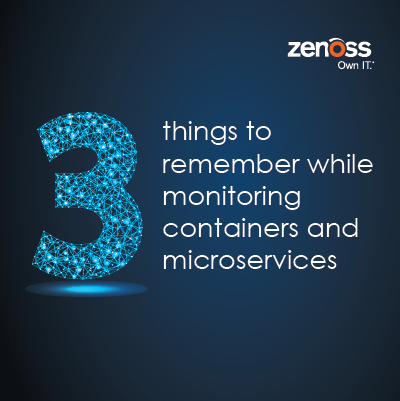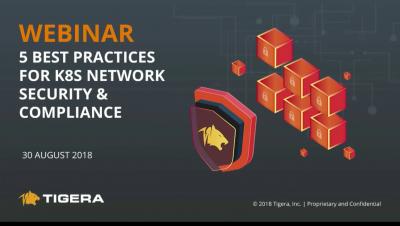Operations | Monitoring | ITSM | DevOps | Cloud
%term
Live Tailing Parsed Logs in Logz.io
Last year we introduced Live Tail — the ability to see a live feed of all the logs in your system, in real time, within Kibana. This ability to see a live stream of logs as they are being outputted from the different processes in a monitored environment was a greatly requested feature, and since being introduced we have received some excellent feedback from users that has allowed us to improve the basic functionality of Live Tail.
3 Things to Know While Monitoring Containers and Microservices
The science behind APM - how it works
Monitoring has typically been the remit of small, specialised IT Operations teams but the tools they’ve been given are rarely fit for purpose in today’s demanding environments.
Top 5 Best Practices in Kubernetes Network Security & Compliance
How Top Investment Banks Accelerate Transaction Time and Avoid Performance Bottlenecks
Here’s how AppDynamics enabled a large investment bank to improve system performance, track trades in real time, search for trade IDs to quickly find the root cause of issues, and proactively manage SLAs.
PagerDuty Surpasses 300 Integrations, Cementing its Leadership in Open Ecosystems for Real-time Operations
SAN FRANCISCO – Sept. 4, 2018 – PagerDuty, a global leader in digital operations management, today announced it has surpassed 300 integrations as part of its market-leading, open ecosystem for real-time operations. This ecosystem enables PagerDuty customers to automate the detection, triage, response and resolution of real-time events and incidents across complex and constantly changing tech stacks and microservice architectures.
PagerDuty Expands Atlassian Integrations to Enable Real-Time Operations and Collaboration Across Teams
SAN FRANCISCO and BARCELONA – Sept. 4, 2018 – PagerDuty, a global leader in digital operations management, today announced a new set of integrations with Atlassian that helps teams across the enterprise to take action on incidents and collaborate in real time. As part of its 300-strong integration ecosystem, PagerDuty enriches and deepens its commitment to helping its common customers automate work by enhancing key integrations for the Atlassian suite.
Standing on the Shoulders of Giants (and Reusing Their Queries)
Here at Honeycomb, we spend lots of time thinking about how to help our users be more awesome at unearthing insights from their data so they can solve production issues in real-time. We think a lot about how to make running a query easy, how to guide users to wield our Query Builder effectively to find the needles in the haystacks of data that they send us.
The downside to using email to manage your on call team
There are a number of reasons why email is predominately used to manage an incident. Everyone usually has access to email and the email technology has already been “paid for”. Therefore it’s easy to think of email as being a cheap resource that’s easy for MSPs to use. But easy isn’t always best…or even appropriate.











